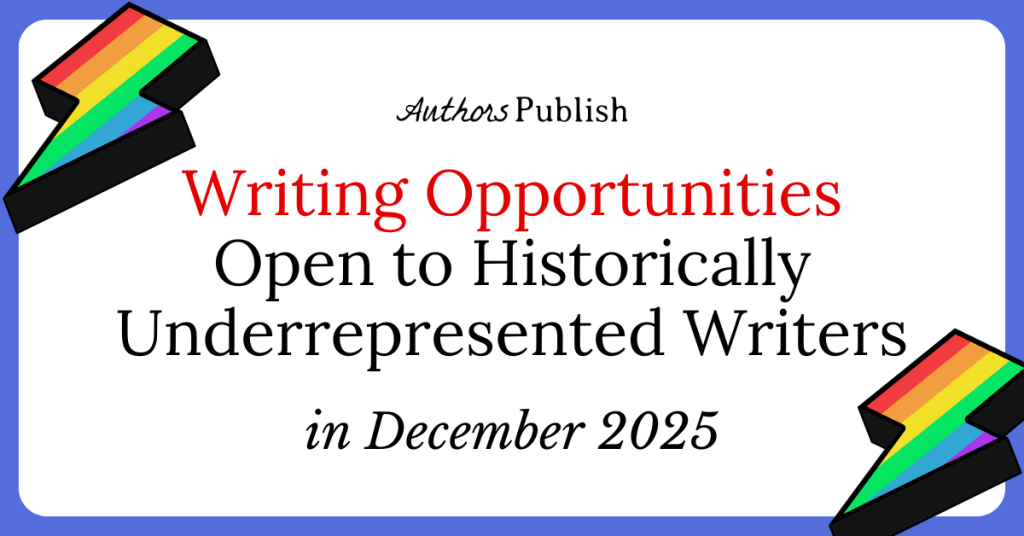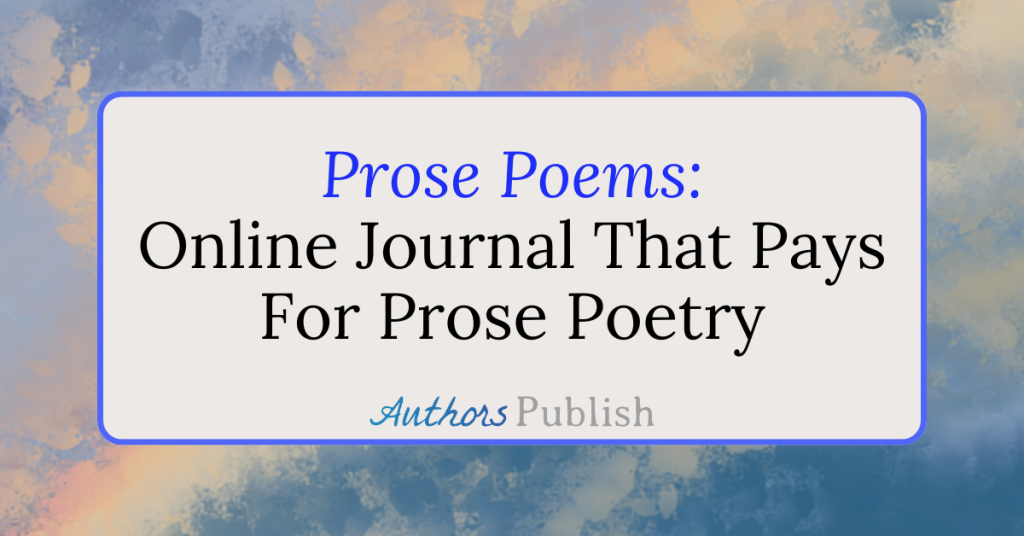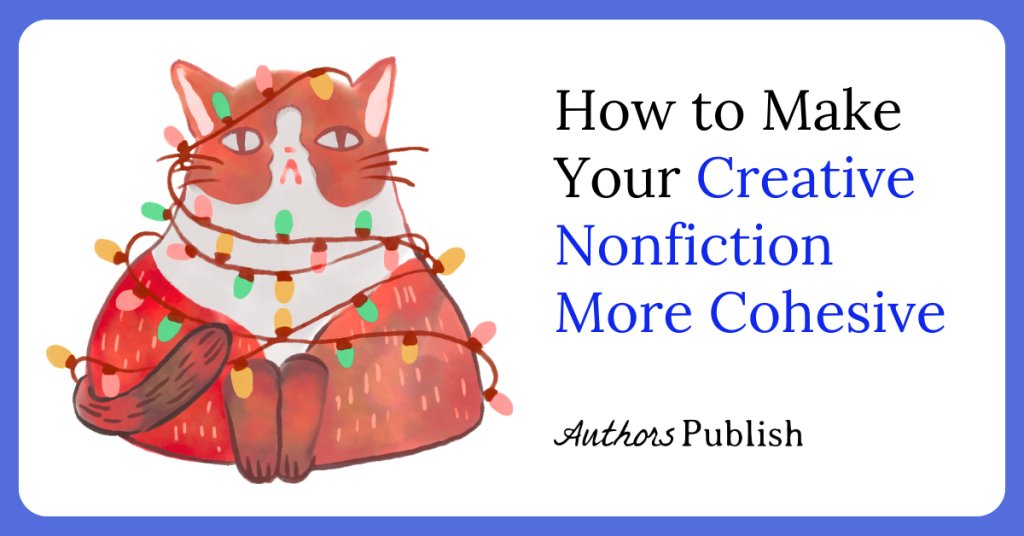by Wendy S. Delmater
Always, always read the guidelines very carefully and give an editor exactly what they ask for. Formatting-wise, most places either ask for Standard Manuscript Formatting or Shunn Manuscript Formatting. Things are shifting from Standard Formatting to Shunn. Here is how they work, and why they are shifting.
In the Standard Manuscript Format (SMF), your manuscript should look as though you typed it. Fancy fonts, colored fonts, blinking fonts, and different-sized fonts for the title and body of the work…they all make you look like a rank amateur. A mono-spaced font (also called a non-proportional font) is best, one where each character takes up the same amount of space. Some good ones are Courier, Courier New, and Lucinda Console. Why a mono-spaced font? Because at 1” margins and 12-pts, a double-spaced page has, on average, 250 words and takes up a certain amount of space in print books. It helps editors decide if they can fit a story or a novel in a certain number of printed pages. So yes, all that and double space your text.
Left justify the body (the story). That means you will have a nice, even start point at the left side of the page and a ragged right side. You show new paragraphs by indenting the first line of the new paragraph by five spaces. But if using a word processor, and most of us are nowadays, PLEASE do not use your space bar! You can set the indent so it will happen at the beginning of paragraphs automatically. (Don’t use your space bar to center your title and author at the beginning of your manuscript, either. Choose a “Center” alignment for those lines.)
Underline anything that is supposed to go into italics. It’s easier for editors to spot that way. And leave a half to a third of a page of space at the top below your contact information but before the title. This space is for editor’s notes.
If submitting in paper, use high quality 8 1/2 x 11 inch white paper. And please only print on one side of the paper. Finally, Standard Manuscript Formatting asks that you do not staple the pages together. You should, however, number your pages in the upper right corner of your header like this: 1/Author Name/Story Name. This is in case the editor drops the unstapled pages. All the word processing software I know of will make the page numbering automatic. Just look for how in the settings.
By all of the above you can see that SMF is geared toward reading a paper manuscript, even a typewritten one.
But the Shunn Manuscript Format is different. It’s geared toward word processing, electronic submissions, and even electronic publishing. So it’s pretty obvious why editors are shifting to it.
Most of the details are the same: 12-pt fonts (Courier or Times New Roman and check if the editor has a preference), double-spacing, one-inch margins, wordcount and contact info at the top. As an editor I like I like the fact that Shunn reminds you to put your legal name in the upper right hand corner with your contact info, and your published name below the title, even if they are the same.
One of the biggest things different about Shunn formatting is that in Times New Roman the italics remain italics. And you’re warned to not put an extra blank line between paragraphs like many blogs do. Finally, Shunn formatting suggest that you turn off your feature that turns an “em dash” into an “em dash character”—these are em dash characters—but they should be designated as two hyphens–like this.
There may be other quirks to your market. For example, some editor prefer a specific font or hate two spaces after a period. If they state no preference go with the Standard Manuscript Format. Just remember, you increase your odds of getting published by following their stated method of formatting.
Wendy S. Delmater is the author of Confessions of a Female Safety Engineer, and the Better Dating Through Engineering series. She has been editor of the Hugo-nominated magazine, Abyss & Apex, since 2006. She is also the editor of The Best of Abyss & Apex, Volumes 1 and 2. Wendy’s recent publication credits include short stories and poetry in The Singularity magazine, Gathering Storm Magazine, Little Blue Marble, Star*Line, Illumen, and Silver Blade Magazine. You can visit her Amazon Author page, which contains her blog, or follow her on Facebook…or on Twitter where she’s known as @safewrite.






